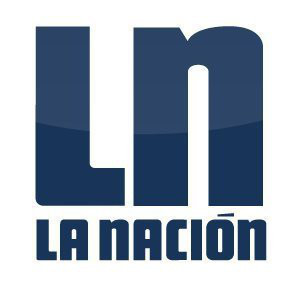- Home
-
About
 Fidelity & Excellence
Fidelity & ExcellenceThomas Aquinas College is unique among American colleges and universities, offering a faithfully Catholic education comprised entirely of the Great Books and classroom discussions.
-
A Liberating Education
 Truth Matters
Truth MattersTruth, and nothing less, sets men free; and because truth is both natural and supernatural, the College’s curriculum aims at both natural and divine wisdom.
-
A Catholic Life
 Under the Light of Faith
Under the Light of FaithThe intellectual tradition and moral teachings of the Catholic Church infuse the whole life of Thomas Aquinas College, illuminating the curriculum and the community alike.
-
Admission & Aid
 Is TAC Right for You?
Is TAC Right for You?Do you enjoy grappling with complex questions? Are you willing to engage in discussions about difficult concepts, with the truth as your ultimate goal?
-
Students & Parents
 Mind, Body & Spirit
Mind, Body & SpiritThere is always something to do at TAC — something worthwhile, something fulfilling, and something geared toward ever-greater spiritual and intellectual growth.
-
Alumni & Careers
 What Can You Do with a Liberal Education?
What Can You Do with a Liberal Education?Nothing speaks more to the versatility of the College’s academic program than the good that our alumni are doing throughout the Church and the world.
- Search
- Giving
A Review of Thomas Aquinas College from Costa Rica’s La Nacion
By Thelmo Vargas
Note: This version is translated from the original Spanish, which is available on the website of La Nacion.
I am not referring to Costa Rica's first university, which only lasted 40 years, and whose successor was the University of Costa Rica. I am talking about Thomas Aquinas College in Ventura County, California, right by Ojai and the Los Padres national forest. This college was founded 40 years ago, at the height of the movement commonly known as the “counterculture,” located in Haight-Ashbury, San Francisco.
Its mission, the quest for truth, stems from John 8:31-32: Jesus then said to the Jews who had believed in him, “If you continue in my word, you are truly my disciples, and you will know the truth, and the truth will make you free.” Despite its recent formation, Thomas Aquinas College follows a medieval model, inspired by the Universal Doctor, which makes it very interesting. The student body is small, around 358 students, all of whom live on campus. The faculty is composed of 38 professors, called “tutors,” who spend most of their time on campus. All the students undertake the same four-year program with no electives.
Just like in medieval times, they study the Trivium (Logic, Grammar and Rhetoric) and the Quadrivium (Arithmetic, Music, Geometry and Astronomy), which prepares them for the experimental sciences. Instead of using textbooks, they read the original works of Newton, Descartes, Shakespeare, Cicero, de Toqueville, Tolstoy, among others. Even though they live in the 21st century, the students do not have Internet access and are discouraged from using their cell phones. They use the information available on campus for any research. The main resource is their magnificent library, where the students write their findings in paper notebooks.
The tutors lead the classes and accompany the “seminar style” discussions of 14 to 18 students. During class, the students address each other as Mr. or Miss so-and-so, and not by their first names.
The student dress code is regulated. The girls must have modest necklines, their skirts must cover their knees, and they are not allowed to wear pants. Men cannot wear jeans. These rules should be followed by the visitors. Being ignorant of it, my family and I broke dress-code when we visited the campus. The boys’ dormitories are separated from the girls’, and they do not allow visits from the opposite sex.
Students lead a deep spiritual life. The three school chaplains live on campus. They celebrate two or three Masses a day, are available for confession, and pray the Holy Rosary. Despite the College’s Roman Catholic orientation, students with other beliefs are welcomed as long as they commit to respect the official orientation.... The objective of the exercises is to arrive at the truth by one's own means, which is the main factor in a better formation of the human person. It trains the student to take in the particularities of the daily life, which, as we all know, demands constant guidance.
The campus, situated in California, between the cities of Santa Paula and Ojai, is of a breathtaking beauty and has a peace that fosters reflection. Here, the majority of university campuses are principally made out of concrete, taking advantage of every empty space for a new classroom or lab room. Over there, the students walk to class through beautiful gardens and paths that stimulate a real interaction among the students and tutors. The reader interested in this college should visit its website: www.thomasaquinas.edu.
Posted: March 27, 2013


